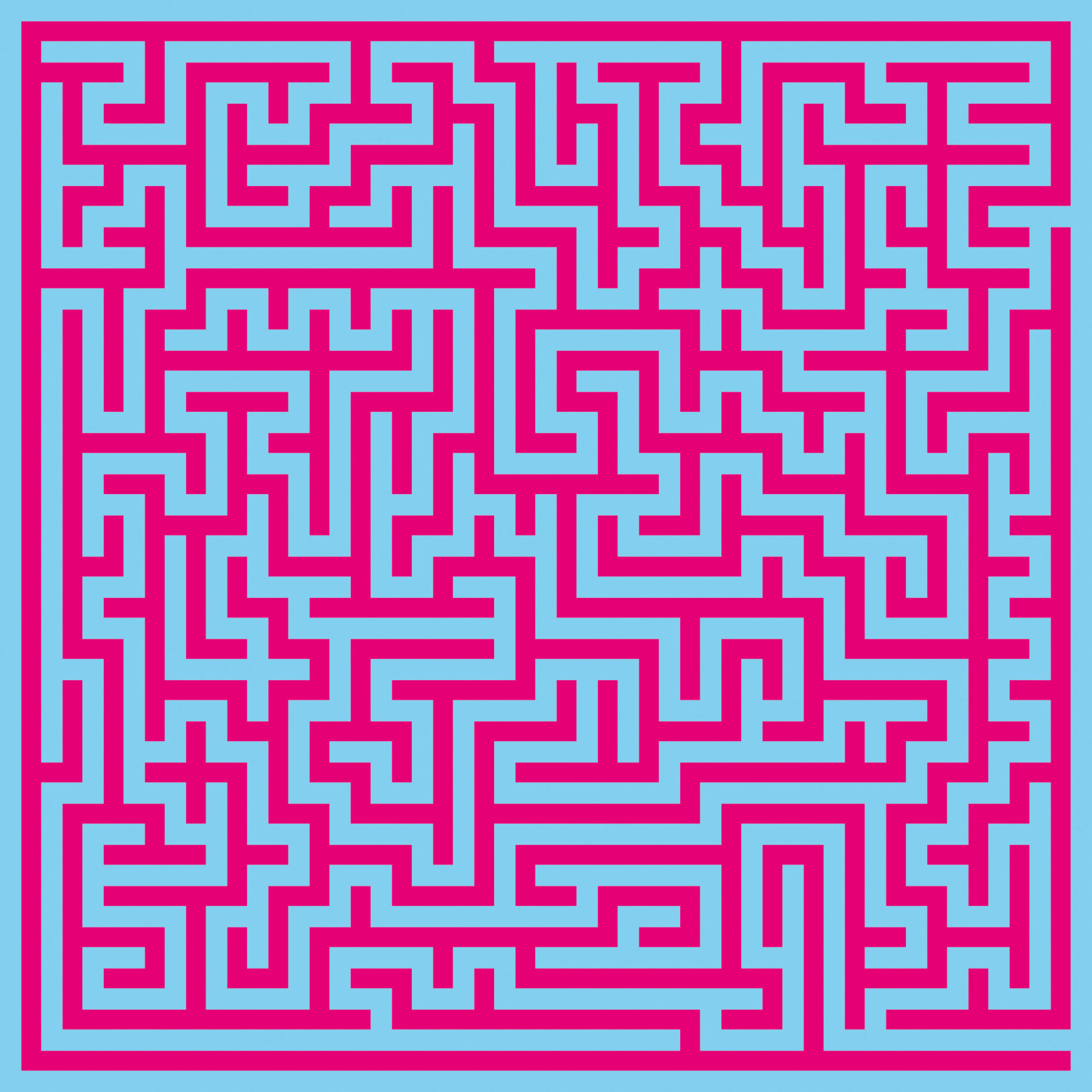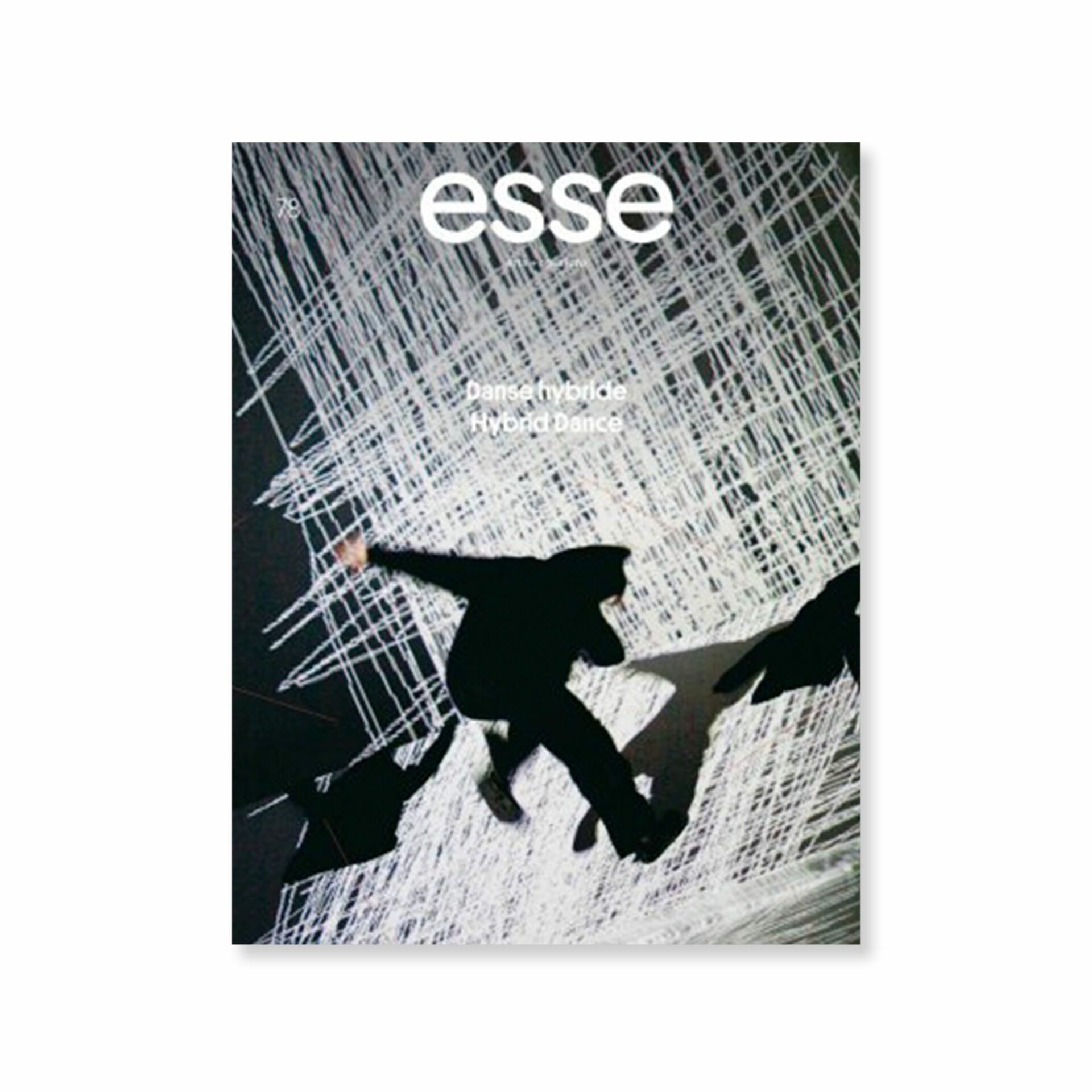
Photo : Florian Kleinefenn, permission de | courtesy of Galerie Nelson-Freeman, Paris
Ken Lum’s socially motivated art spans more than three decades and arises from both the personal and the empirical. A prominent member of the Vancouver School, an internationally known artist and curator, and director of the undergraduate program at the School of Art and Design, University of Pennsylvania, this artist’s work presents a theatrical paradigm of political enactment between art and audience. Jacques Rancière defines this kind of engagement with the social as “the politics of aesthetics,” with its assumption of “equality between any and every speaking being.”1 1 - Jacques Rancière, Dissensus: On Politics and Aesthetics, ed. and trans. Stephen Corcoran (London and New York: Continuum, 2010), 16.
For Rancière, the aesthetic regime will lead to “the invention of sensible forms and material structures for a life to come.”2 2 - Jacques Rancière, The Politics of Aesthetics, trans. Gabriel Rockhill (London and New York: Continuum, 2004), 29. This utopic vision, though, stems from dissensus, described by Rancière as “the demonstration of a certain impropriety,” or resistance.3 3 - Jacques Rancière, Dissensus: On Politics and Aesthetics, 2. Lum’s Language Paintings of the 1980s visualized the alienation of being unable to understand a language or semiotic system, a universal frustration. Certainly, a whiff of anarchy is deeply seated in the artist’s Furniture Sculptures (1983 – 86). Not losing this sense of resistance, his Portrait/Repeated Text Works (mainly from the 1990s) often personify the indignation and rebellion of the poor and the disempowered.
With Portrait-Logos (1986) and Portrait-Attributes (1989 – 91), Lum satirized the regimentation of the personal into the corporate. Borders between self and other are disarmed in Lum’s Mirror Texts (2002 – 2003), and more recent Mirror Mazes (2002 – 2011), which elucidate a resistance to the alienation of mental illness. In Mirror Maze with 12 Signs of Depression, installed at dOCUMENTA XI in 2002, texts etched into mirrors such as Sign #4, I Feel All Alone in the World, produced knowing smiles of recognition that abjection is a shared human condition. The effect of employing transversality between two linear disciplines, psychiatry and art, is transformative, since viewers become actively involved in the spectacle. In fact, Lum’s mirror installation brings to mind the writings of the Surrealist Georges Bataille (1897 – 1962), who proffered that abjection is a restorative for the creative spirit. Additionally, Bataille’s essay The Solar Anus seems to inform Lum’s Red Circle (1986), assembled by pushing armless sectional chairs together to form a striated doughnut shape. Just as Bataille observed that “. . . the world is purely parodic. . . each thing seen is the parody of another, or is the same thing in a deceptive form,”4 4 - Georges Bataille, “The Use Value of D.A.F. de Sade (An Open Letter to My Current Comrades) (1930),’’ in Visions of Excess, Selected Writings, 1927 – 37, trans. Allan Stoekl with Carl R. Lovitt and Donald M. Leslie, Jr. (Minneapolis: The University of Minneapolis Press, 1985), 91 – 102. Red Circle quivers as a provocative sign.

Photo : Florian Kleinefenn, permission de | courtesy of Galerie Nelson-Freeman, Paris
Lum clearly demonstrates what Rancière describes as “the struggles of the proletariat to bring labour out of the night. . . out of its exclusion from shared visibility and speech.”5 5 - Rancière, The Politics of Aesthetics, 45. Phew, I’m Tired (1994) depicts the reality that first-generation immigrants often find their lives are filled with gruelling labour. Some of their long-simmering resentment is revealed In Sandhu’s Maple Leaf, (2002). The proprietor’s name, “Sandhu,” appears above the advertisement “All Natural, 100 % Canadian.” The ironic text juxtaposed in plastic letters states, in the manner of a commercial sign, “Closing Doors Forever. Drop Dead Canada.” It represents ongoing issues resulting from non-assimilation and the frustration of failed utopia.
Many works by Lum, including those commissioned internationally, such as the permanent installation There is no place like home (2000), a wall of billboard-scaled photo texts in Vienna, deals with the idea that the degree of immigrant comfort is predicated on race and class. The struggles of the demos (people) to speak out against their entrapment and exclusion are confronted by Lum with dissensus. Lum gives notice, like Rancière, that utopia sometimes “refers to the mad delusions that lead to totalitarian catastrophe; sometimes it refers, conversely, to the infinite expansion in the field of possibility that resists all forms of totalizing closure.”6 6 - Rancière, The Politics of Aesthetics, 40. This rings true for a work commissioned for the 2010 Winter Olympics, Lum’s Monument for East Vancouver, a cross-shaped text rendered in white LED lights, twenty metres high and embedded in concrete. Lum explains: [The crossword] signifies the identity of those living in the eastern part of the city and is often accompanied with the word “rules.” [This] is ironic, as traditionally those in the west of the city have held the economic and political power, though the real estate boom more recently has rendered the boundary between east and west more fluid. The piece monumentalizes a rearguard gesture of defiance, protest, and assertion of identity.7 7 - http://vancouver.ca/commsvcs/cultural/publicart/2010/mm_vaneastmonument.htm (accessed March 8, 2012).
The irony is that this graffiti symbol “that circulated in Vancouver for decades,” according to Lum, is memorialized in high art, the precinct of the elite. While dissensus attempts to achieve a regime of power, the logos or speech of the demos or poor can be co-opted into elite culture. Gregory Sholotte has analyzed “how a certain kind of cultural activism may be conceived as a process” of controlling the archive and preserving memory that might be suppressed.8 8 - Gregory Sholotte, Dark Matter, Art and Politics in the Age of Enterprise Culture (New York: Pluto Press, 2011), 92. As Claire Bishop has argued, “art and the social are not to be reconciled or collapsed, but sustained in continual tension.”9 9 - Claire Bishop, “Participation and Spectacle: Where Are We Now?” in Living as Form, Socially Engaged Art from 1991 – 2011, ed. Nato Thompson (New York: Creative Time Books and Cambridge, Massachusetts and London, England: The MIT Press, 2012), 41. Lum’s art, however, does meld art and the social. The vitality of his approaches signals long-standing alertness to the global and the necessity of art to enter into the social as a form of dissensus.
While Lum’s art penetrates consciousness to prompt questioning that continues to jolt on the international stage, it has historical precedents. Like the politically charged activities of the Situationist International and Group Research Art Visual (GRAV) in Europe in the 1960s, Lum contradicts hypocrisy with subtle irony. Lum’s often humorous works detonate laughter that can be shared, and generate acceptance of the other across race, class, and time. For Lum, “art is not a salubrious activity — it is about the real. Clearly it is about alterity — giving voice to areas where there is silence.”10 10 - Al Filreis interview with Ken Lum, January 2, 2013, http://media.sas.upenn.edu/watch/141440 (accessed February 14, 2013).

Photo : Florian Kleinefenn, permission de | courtesy of Galerie Nelson-Freeman, Paris

Photo : Florian Kleinefenn, permission de | courtesy of Galerie Nelson-Freeman, Paris
Referring more to the abandonment of propriety, Lum’s works are vexing, not only because they are paradoxical, but because they encompass an hermeneutic dilemma. The Path From Hope to Despair and The Path from Sanity to Madness, both from the Maze series (2012), are labyrinths that slightly resemble chop marks on Asian scroll paintings, but they also bring to mind recently ubiquitous branding avatars. The labyrinths — inkjet on Plexiglas — vibrate like Op Art due to the bright and contrasting colours. Although the titles hint at moral decrepitude, the works are non-objective, and another new work, 12 Stages of Recovery from Alcoholism from the Chart series (2012) is purely geometrical. In this work, two rows of six squares of equal size represent the well-known 12-step alcohol recovery program. The square at the top left is a deep crimson red that fades to a paler hue as the eye progresses to the sixth square. In the abutting lower row of squares, the first square is lavender and the adjacent squares morph through shades of blue to a bright turquoise at the bottom right. The red reads as active and boisterous, or as the inflaming passionate embrace of alcohol, while the blue suggests the passivity and melancholy of a sober alcoholic. The colours correspond to the elevated mood that alcohol initially provides, and to the depressiveness it engenders with additional consumption. Indeed, the 12-step plan to alcoholic recovery has worked for some, but the colours seem to imply that the underlying problems and ensuing depressive state will return with the cessation of alcohol. This tragicomedy is in line with Lum’s body of work in which truisms are proposed as ironical observations or comments. Of course, anthropomorphism is implicit in the scale of the piece, since it resembles an inebriated person reclining. Rancière’s observation rings true here that “new technology. . . has never stopped playing on the possibility that each medium could offer to blend its effects with those of others. . . . The image is not about to stop being pensive.”11 11 - Jacques Rancière, The Emancipated Spectator (London: Verso, 2009), 131 – 32. In Pie Chart 1: Social Media and Income from the Chart series (2013), Lum is referring to the pie charts used by advocates of social media marketing to illustrate income potential for bloggers, managers, and others employed in advertising on sites such as YouTube/video, Google+, Twitter, and LinkedIn. While the chart resembles a Minimalist painting, his source is a published pie chart advocating making money over the Internet through marketing, suggesting that commerce has surmounted the barricades of the aesthetic regime.
At the same time, the artist is creating several public art works that are representational in nature. In Edmonton, Alberta, a white buffalo, a source of reverence for Indigenous people, will stare at a buffalo-trader sitting on a pile of pelts at the other end of a pedestrian walkway on the reconstructed Waltersdale Bridge. Inevitably, the work will pose questions about imperialism and the nature of progress. Ironically, Edmonton is known as a centre for formalist, abstract art. In Seattle, Lum will commemorate the Mercer girls, poor young women working in the garment trade in Massachusetts, who were solicited to move to Seattle in the 1860s to marry the lumberjacks, who outnumbered women nine to one. As Lum recounts, a number of young women took the boat ride around South America to Seattle to become co-founders of Puget Sound families. Lum’s commemorative bronze sculpture, in the pose of St. Francis of Assisi, Catholic patron saint of the poor, will stand on an upright bronze log, facing the water.12 12 - Filreis interview, January 2, 2013.
Since Ken Lum’s new works consist of real squares and rectangles, a real pie chart, real labyrinths and real embodied sculpture, Lum upholds his interest in the real. Through dissensus, Lum also examines the underbelly of the beast. Moreover, if all subjects are equal in the aesthetic regime, standing for “poetic powers and ends in themselves beyond mimetic function” as Rancière maintains,13 13 - Rancière, Dissensus, 16. then the transversality between representation and abstraction in Lum’s art aligns itself politically with the real.
